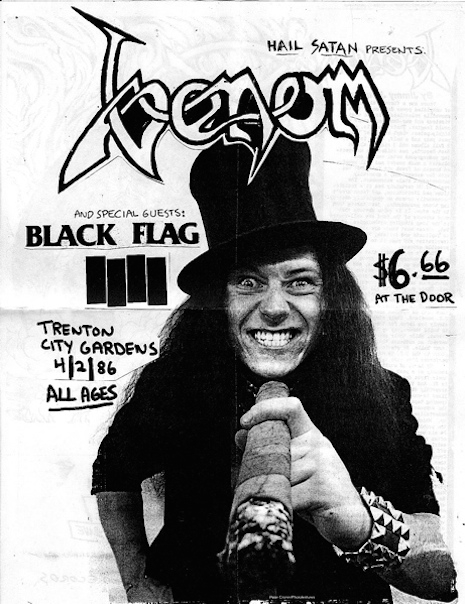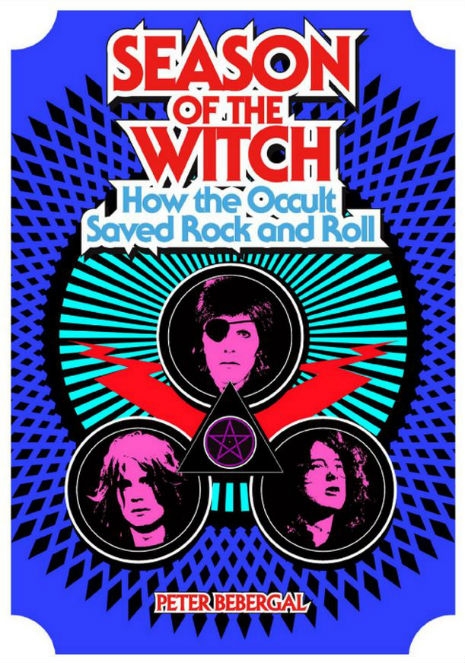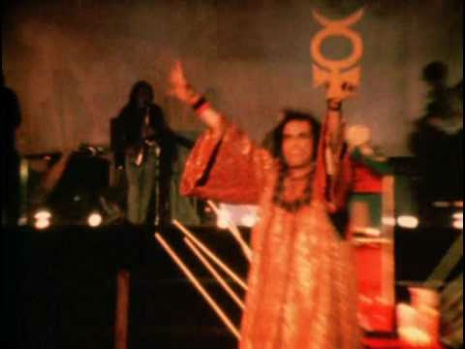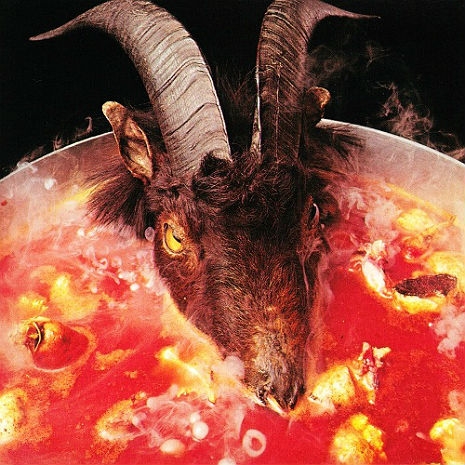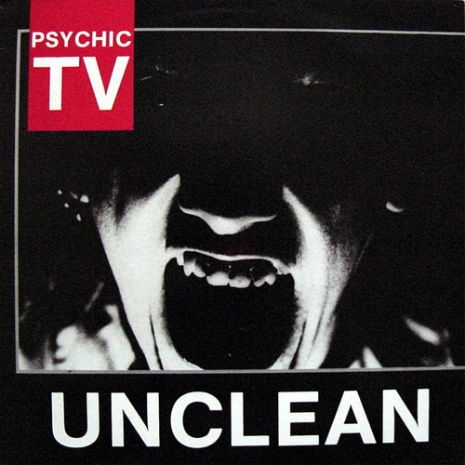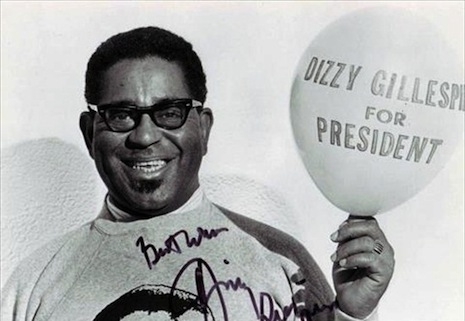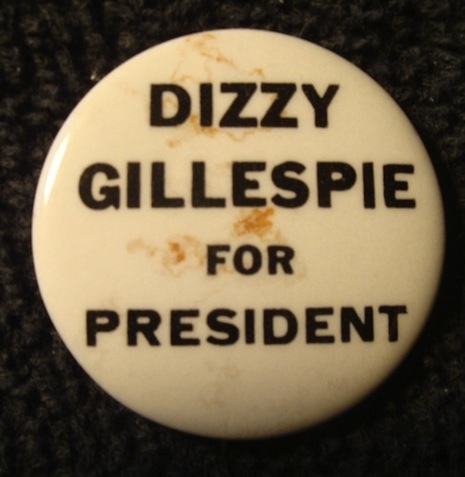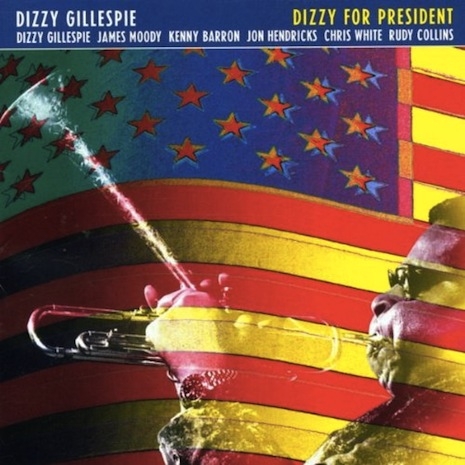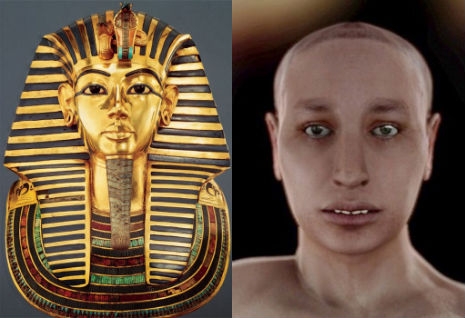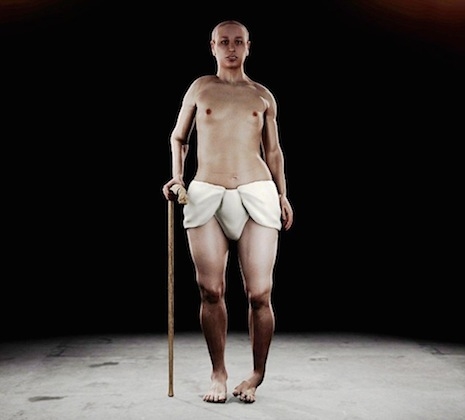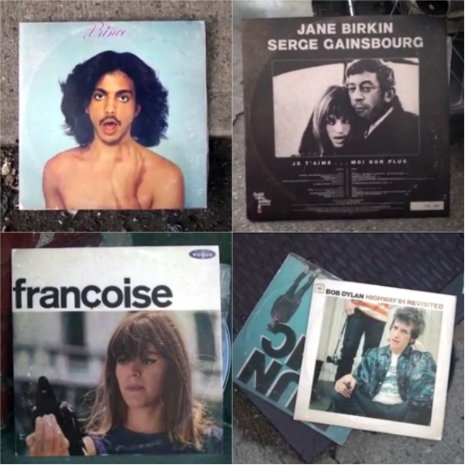
You would think the old saying (often attributed to Mark Twain) of “Never let the truth stand in the way of a good story, unless you can’t think of anything better to say” would be redundant when it came to Dame Vivienne Westwood’s autobiography. Surely, there would be a surfeit of entertaining and amusing tales to tell, without recourse to plagiarism or possible legal action over libel? Well, possibly not, as the investigative magazine Private Eye has been noting over the past few weeks. It would appear that Dame Westwood’s autobiography (written together with Harry Potter actor Ian Kelly) has been accused of plagiarism, factual inaccuracies and may shortly be on the receiving end of some serious legal action.
As first reported in Private Eye’s Books & Bookmen section on October 3rd-16th, there are “already rumblings from the estate of Sex Pistols manager Malcolm McLaren, which has taken exception to her account of the Westwood/McLaren business arrangements.”
But as the Eye points out this is negligible to a “potential libel action” for the authors and publishers Picador.
...the biggest nightmare for Picador, may be a whopper of a potential libel action from her former shop manager. [Westwood] says in the book that, since he is dead, “now we can be honest”—and proceeds to accuse him of stealing all her money from the shop’s takings for eight years, taking “every spare penny”. Alas! The man in question is still very much alive, working as a psychotherapist in west London.
In the same passage she names the manager’s “boyfriend”, a well-known businessman and tycoon in the 1970s, who was “keeping” him. This man in question is also still alive, married with three children, and has never come out as gay. Although his name is slightly misspelt he is clearly identifiable.
Private Eye contacted publishers Picador to ask whether the book had been checked for legal issues—the publishers did not return their calls.

Other claims made by the Dame Viv of Westwood are “not actionable” but are certainly rum:
“The mad old bat is even claiming she wrote lyrics with Johnny Rotten,” says one incredulous veteran of the punk scene. Of the Sex Pistols’ first single, “Anarchy in the UK” [Westwood] says: “The idea and the title were mine.”
Private Eye followed up this story in their 17th-30th October issue, pointing out a number of elementary typos/spelling mistakes and factual errors:
We read of artist “Derek Boucher” (presumably Derek Boshier) and guitarists “Jimmy Hendrix” and Pete “Townsend”. The latter may surprise Pete Townshend less than Westwood’s claim that her first husband, airline pilot Derek Westwood, “managed the Who” in the early 1960s.
This all may be explained by Westwood’s caveat to her biographer Kelly:
I think, in talking about the past, it’s important to think afresh. Nothing from the past is entirely true.
Okay. I guess this may explain the large number of factual errors contained within Westwood’s autobiography, for example her first meeting with Malcolm McLaren is stated as “1963” then three pages later when McLaren was nineteen, i.e. in 1965. Even the dates of the Sex Pistols first gig at St. Martin’s School of Art is out by a year, claiming it took place in 1976 rather November 1975.

And then there are the charges of plagiarism:
“‘Just look at what people like Jack Kerouac were wearing,’ explains Vivienne, ‘after they had left the marines and the army and went on the road. White T-shirt, jeans, leather jacket…’” And so, for several more sentences. But despite that “Vivienne explains”, Kelly has in fact lifted the whole paragraph verbatim from a foreword written by McLaren, not Westwood, to Paul Gorman’ book The Look (2001).
Gorman is not pleased. Although named in a few footnotes, he has so far identified 24 “textual lifts from my work without attribution, credit or acknowledgement”, and has already consulted m’learned friends. “We’re throwing the book at them,” he says, “claiming damages, an apology and rectification of credit etc.” He notes that the copyright in many photos credited to the “Vivienne Westwood Archive” actually belong to photographers or picture agencies who will presumably now want fees and proper attributions.
If Picador is also sued by the man they thought was dead, this car crash could soon become a multiple pile-up.
I am sure a few lawyers across London are rubbing their hands with anticipation. It may be an idea, therefore, to buy your copy before this edition becomes rather scarce!
While we wait for that, here’s Academy Award-winning director Mike Figgis’ documentary Vivienne Westwood on Liberty, which features footage from the 1994 Paris fashion Show and captures Westwood’s captures thoughts on beauty, femininity, show production, clothing… but not the importance of fact checking.
Via Private Eye






